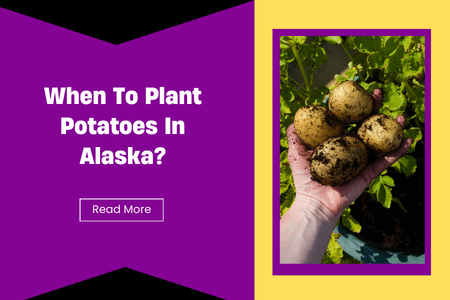What To Do When Potato Plants Flower
It’s an exciting stage of growth when potato plants begin to flower. The blooms signal that tubers are maturing. But flowering also causes changes in potato plants that require action from growers. Follow these tips on managing flowering potato plants for the best harvest results.
Why Potato Plants Flower
Potato plants flower as a part of their natural growth cycle. Given the proper time to mature, varieties begin flowering usually 60-80 days after planting once plants have reached full size.
Several factors trigger potato flowering:
- Maturity – Once the plants have grown their full foliage, flowering hormones activate.
- Long Days – Increased daylight exposure in summer causes flowering.
- Temperatures – Warmer weather, around 70-80°F, induces potato blooming.
Flowering diverts energy from tuber production to the development of pollen, seeds, and berries. Managing this growth stage is important.
Stop Watering
Once potato plants begin flowering, it’s time to start easing off irrigation. Reducing watering helps redirect the plant’s energy into the tubers.
Keep the soil moist but begin to cut back on watering frequency. Allow the top few inches of soil to dry out slightly between waterings. Deep watering is still needed during flowering to maintain tuber growth. But avoid heavy watering that would encourage foliar growth.
Stopping watering altogether once flowering starts risks undersized tubers. Gently reducing irrigation prevents excess foliage production.
Monitor for Pests and Disease
When potato plants shift energy to flowering, their foliage becomes more vulnerable to pests and blights. Closely monitor plants during the flowering stage and take action at the first sign of issues.
Watch for aphids, potato beetles, and leafhoppers which feed on plants. Also check regularly for early blight or late blight fungal infections which thrive in flowering plants.
Use organic sprays, row covers, or hand removal methods to deal with increased pest and disease pressure at flowering. Protect tubers from infestations.
Hill Up Soil
As potato plants elongate and flower, it’s important to hill up additional soil around the base of the plants. This protects developing tubers near the soil surface from sun exposure.
Hill up dirt around stems to cover any shallow tubers. Add 3-6 inches of soil, leaving just the top leaves uncovered. Hilling up also supports plants as they flower and sends more energy to the tubers.
Adding mulch on top of the hilled soil conserves moisture and stifles weeds.
Stop Top Growth
Most potato varieties continue growing foliage and flowering indeterminately if left alone. To concentrate energy on the tubers, it’s best to stop top growth just as flowering starts.
Use a spade to slice through each plant’s stem at ground level, just below where tubers begin. Remove all foliage above the cut. This shocks the plant into halting top growth and focusing on tubers.
Stop top growth no more than 2 weeks after the onset of flowering. Any later risks interfering with proper tuber maturation.
Adjust Harvesting Timing
Once flowering begins, tuber maturity is only 2-3 weeks away. Get ready to harvest potatoes near the end of flowering. No new tuber growth happens after blooming starts.
Dig up small test plants to check tuber size and maturity. The skins should be difficult to rub off. Harvest potatoes once foliage starts yellowing, before it collapses.
Curtail watering as flowering finishes up. Then dig up mature tubers before disease sets in.
Conclusion
Potato flowering marks a transition into the final tuber maturation phase. With the right care, plants can be guided to funnel energy into the developing potatoes. Reducing water, protecting against pests, hilling soil, and stopping top growth keeps plants focused on tuber production. Monitor maturity and adjust harvest timing based on flowering cues. Paying attention through flowering leads to an optimal potato harvest.



